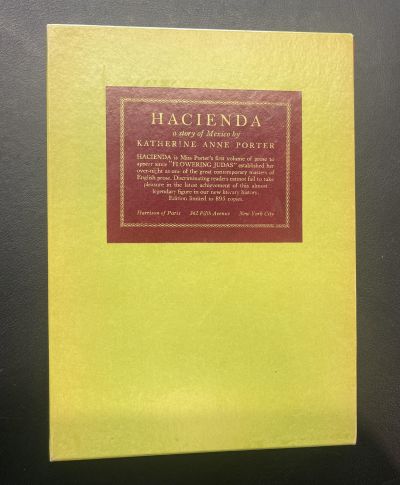Recipe book: Difference between revisions
No edit summary |
No edit summary |
||
| Line 35: | Line 35: | ||
=== Book as Physical Object === | === Book as Physical Object === | ||
[[File:Front Cover.jpeg|400px|thumb|left|The front cover / title page of the book]] | |||
==== Substrate ==== | ==== Substrate ==== | ||
Revision as of 17:39, 3 May 2023
Overview
The Recipe Book is a manuscript cookbook written by various women in England between the years 1600 and 1825.[1] In some ways, there is no official "publisher" – someone who makes public a text – since it is not physically written on the book. Receipt book genre was popular during the early modern period, and this book contains entries for various recipes, ways to preserve food, remedies, and household tips. Housewives shared recipes and household tips with other housewives and passed them onto their daughters. Therefore, it can be assumed that the book was owned by many women. The book also provides insights into authorship and the role of women in English society during the 17-18th century. The book was owned by King Alfred's Notebook (Cayce, S.C.), and University of Pennsylvania acquired it in 2011. The book can be found at the Kislak Center for Special Collections, Rare Books and Manuscripts.
You make italics like this.
You make bold text like this.
- this
- is
- a
- bulleted
- list
Background
Historical Context
Author
The book is known to be written in England in the first half of the 17th century (f. 1-48), with additions from the 17th through early 19th centuries (f. 49-86). It is known that the first part of the book is the secretary hand (f. 1-48) and the later is cursive hands (f. 49-86). Since there are various handwritings, it can be assumed that more than one woman wrote the book. Elizabeth Grey, Countess of Kent is known as the contributor of the book. As a medical recipe collector, she wrote cures for pox, plague, and other common illnesses as well as recipes for culinary treats. The highly educated Lady Kent was known in elite circles as a collector of medical remedies. [2]
Physical Analysis
Metadata
Date / Time Period
Place
Publisher
Copyright / Licensing
Provenance
Book as Physical Object
